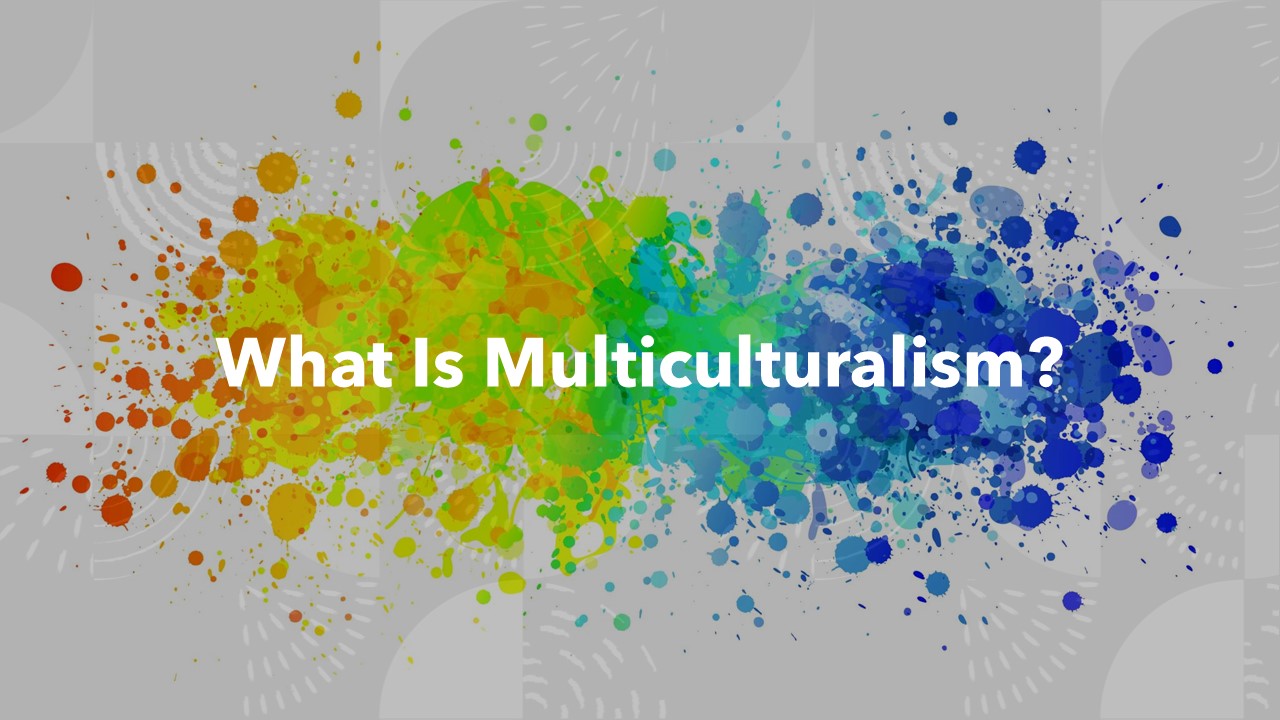Multiculturalism in a society is not simply the presence of various cultural groups living in a country but also the manifestation of positive attitudes by the society and its people towards individuals of other cultures. Such multicultural societies acknowledge and respect their diversity (Karandashev, 2021).
However, multiculturalism is not only about respecting the dominant majority culture toward minority cultural groups. In my opinion, true multiculturalism lies in the abandonment of such notions as “majority” and “minority”, in abandoning public discussion, and in the formal collection of diversity-specific personal information. Society and people should accept the people of other cultures as they are, without the reservations that cultural stereotypes can impose.
Examples of Multicultural Strategies
Some cultural policies in France present good examples of multiculturalism. In many cases, it is prohibited to ask about the ethnicity and sexual orientation of people. It is personal information that is often not pertinent to the reality of public life. Why, then, should they ask? For some reasons, some individuals may not want to identify themselves with their formal ethnicity. Children of multicultural couples simply cannot identify with any ethnicity. Should they do this?
Hawaii presents another good example of multiculturalism. They accept race and ethnicity as natural, not paying much attention to these individual characteristics. The more we see diversity and the less we talk about racial and ethnic differences, the more natural people look. Hawaiians just do not care about the ethnicities of people; they accept people as individuals, not as members of ethnic groups.
In the United States, however, many officials have another cultural policy regarding multiculturalism. In their fight for racial, ethnic, and sexual diversity and equality, they strive to highlight and accentuate these cultural attributes of individuals. Many American surveys obsessively ask about race, ethnicity, and sexual orientation, presumably with the good intention of reaching and extending the cultural diversity of cultural representation. Sometimes, this looks like an intrusion into a confidential personal life. Why does society strive to sneak into the private lives of couples? Why are surveys interested in who a person’s sexual partner is and what they do in bed when they are alone?
The more we highlight and talk about ethnic differences, the more likely we are to pay attention to them. Therefore, we are more likely to differentiate rather than appreciate people as individuals. They are people with personalities, rather than members of ethnic groups. Hawaiian culture can teach us a lot.
Multicultural Ways of Living
Fair multicultural attitudes in society imply that all races, ethnicities, and cultures deserve special acknowledgment of their cultural differences. These multicultural beliefs are based on the idea that people in the cultural majority don’t think they are the dominant culture and that they treat minorities’ cultures as equal to their own.
Multicultural societies are open to others and inclusive (Karandashev, 2021).
Socially fair attitudes and actions are those that:
(1) acknowledge the multiculturalism and diversity of cultures,
(2) tolerate others’ cultural differences,
(3) respect each other’s cultural differences,
(4) recognize that different cultural expressions are equally valid,
(5) appreciate different cultures as valuable parts of multicultural society,
(6) celebrate cultural differences,
(7) encourage cultural groups to contribute to the common good.
Equity and Equality in Multicultural Societies
Many countries in the world have multicultural diversity. They live in multicultural communities and often follow the policies of multiculturalism.
The ultimate ideal of multiculturalism is equality, which treats people of other cultures as equal. Cultural equality is a great idea and an ideal of multicultural society! Yet, in my opinion, the best form of equality is equity. Equity, as providing equal opportunities for people of different cultures, can help achieve the goal of polyculturalism better than the simple equality of equal distribution.
Equal rights must not entail equal needs and obligations. People have the freedom “to be or not to be”—to give and take certain roles. Individual freedom of rights is not the same as a personal commitment to give and take on roles.
Offering people from different cultures equal opportunities and possibilities could be more beneficial for polyculturalism than simply pushing cultural minorities into positions and giving them priority over the cultural majority. In social justice, we should distinguish between social equity and social equality.
In a truly multicultural society, individuals of other cultures should be appreciated not because of their culture, race, ethnicity, gender, or age, but regardless of their culture, race, ethnicity, gender, or age, because of who they are.
Unfortunately, cultural stereotypes still play a role in forming cultural stereotypes. Many individuals in modern societies, as well as in the past, are multicultural persons.
